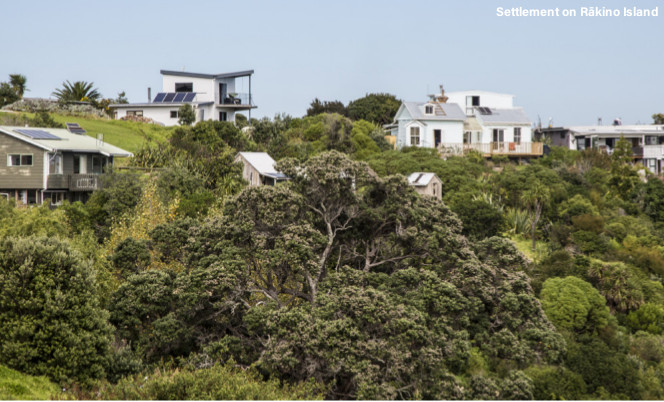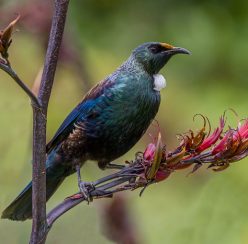This report https://eds.org.nz/wp-content/uploads/2021/11/RMLR-Hauraki-Gulf-Report_FINAL-V2.pdf includes a case study on Rakino, here are the key issues it mentions:

Rākino is one of the few settled islands in New Zealand that is pest free and this creates an enormous opportunity to create a haven for biodiversity. The island is still mainly covered in kikuyu grass although there has been a more recent increase in indigenous planting and the establishment of a nursery on the island. Given the small number of owners of most of the grassed land on the island (including the 25 large lots), the council should consider working individually with them, to identify opportunities and incentives to encourage more extensive replanting. The current subdivision rules for the Rākino amenity area do this to some extent, through making provision for additional lots if replanting is undertaken, and this seems appropriate. However, given the high potential for further subdivision on the island already, replanting incentives should not simply be linked to subdivision. The island could also be a place to experiment with new styles and forms of building, encouraging those that fit within the landscape rather than dominate it (and potentially include this in the residential zone rules).Restoration should also be considered in the marine area surrounding the island, and as suggested in the case of Waiheke Island, this could be assisted through an integrated planning approach which considered both the island and the surrounding marine area in a specific section of the Auckland AUP.
Some interesting quotes are included…
In the future, I hope things will stay the same as they are, with a lot more planting of trees supporting more varied and better bird life. I really do hope there is no commercialisation of the island.
